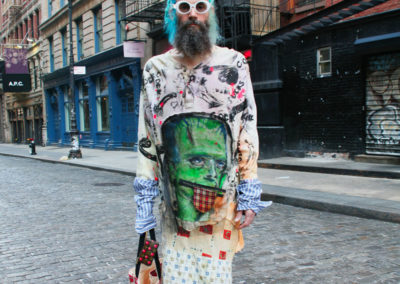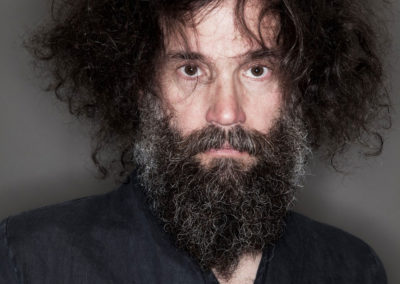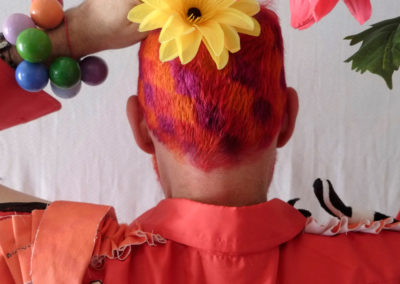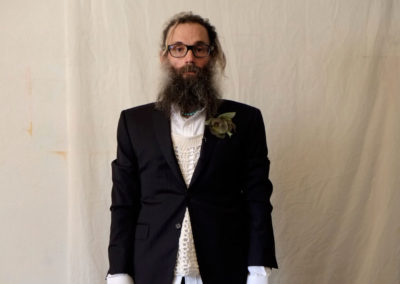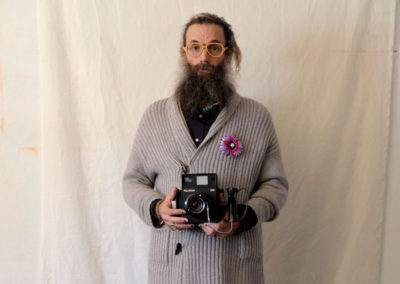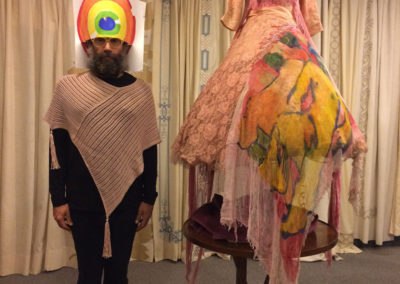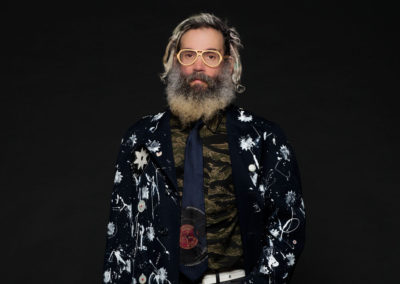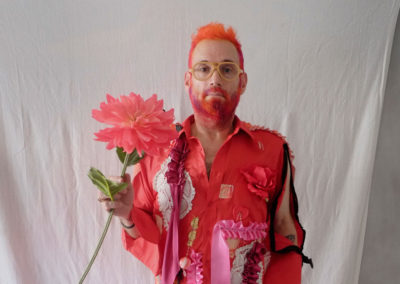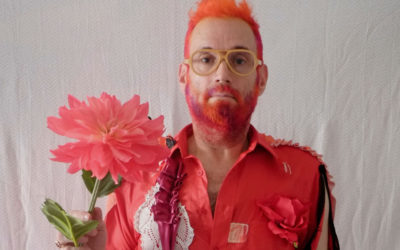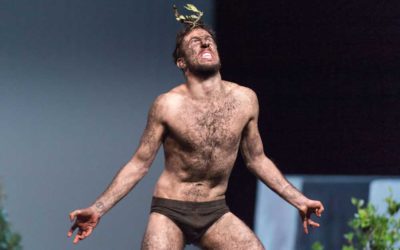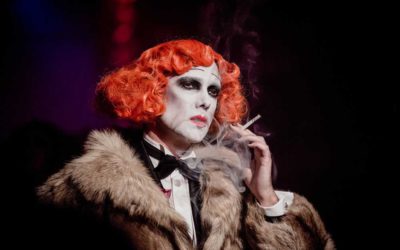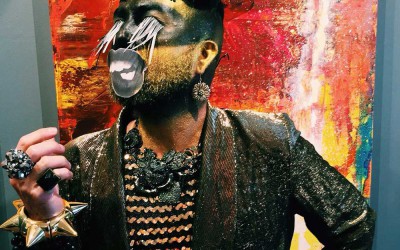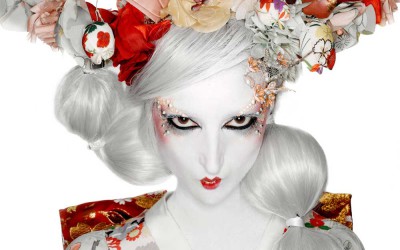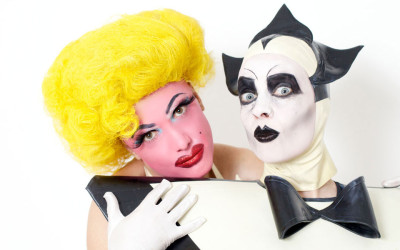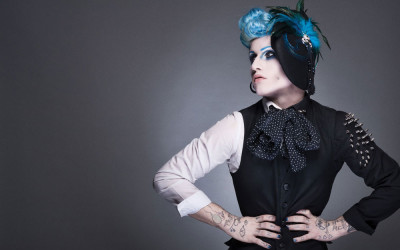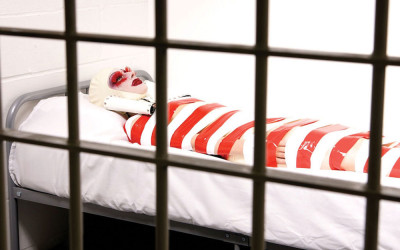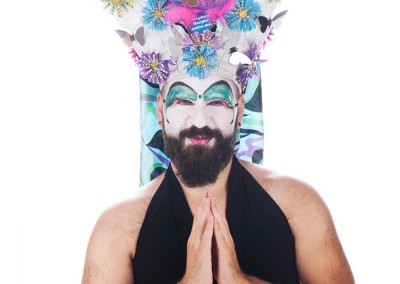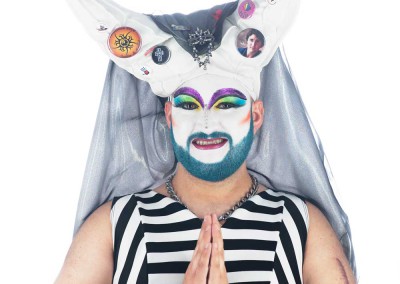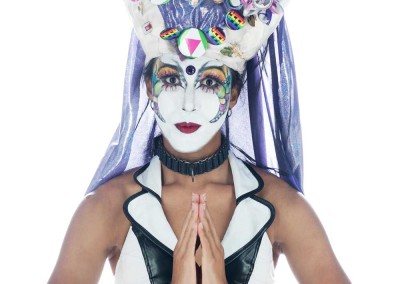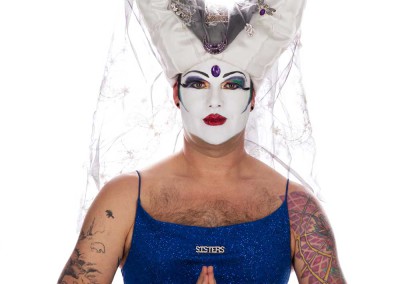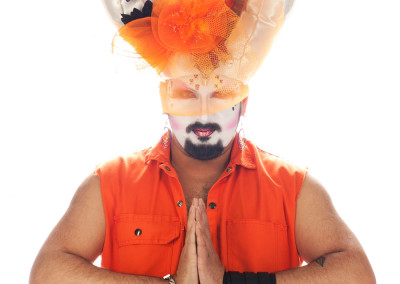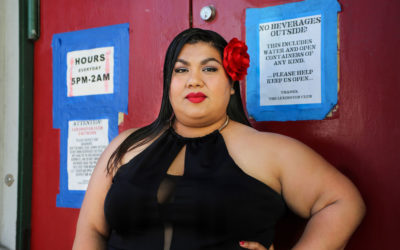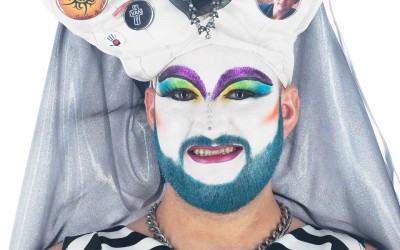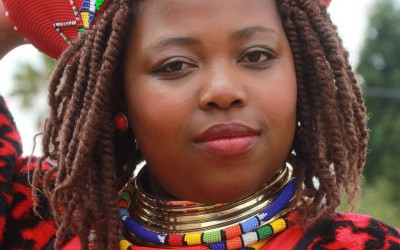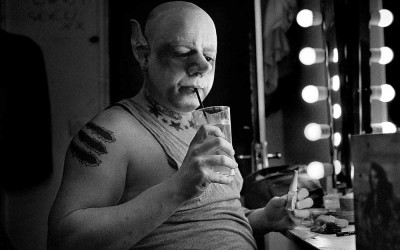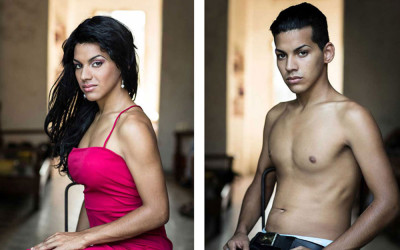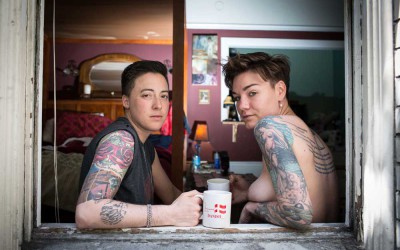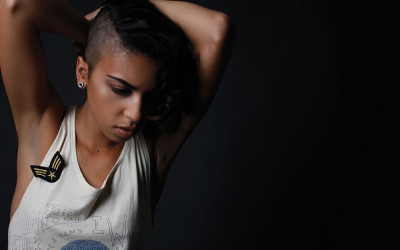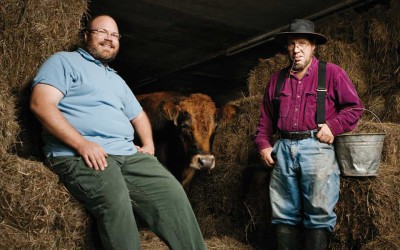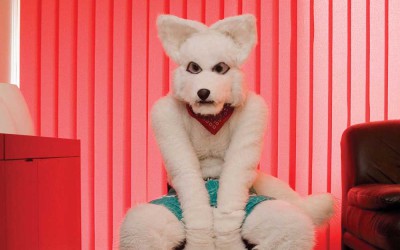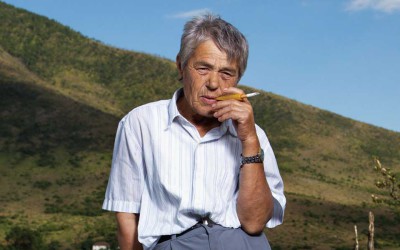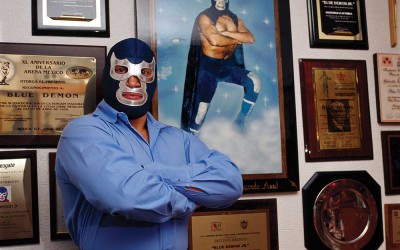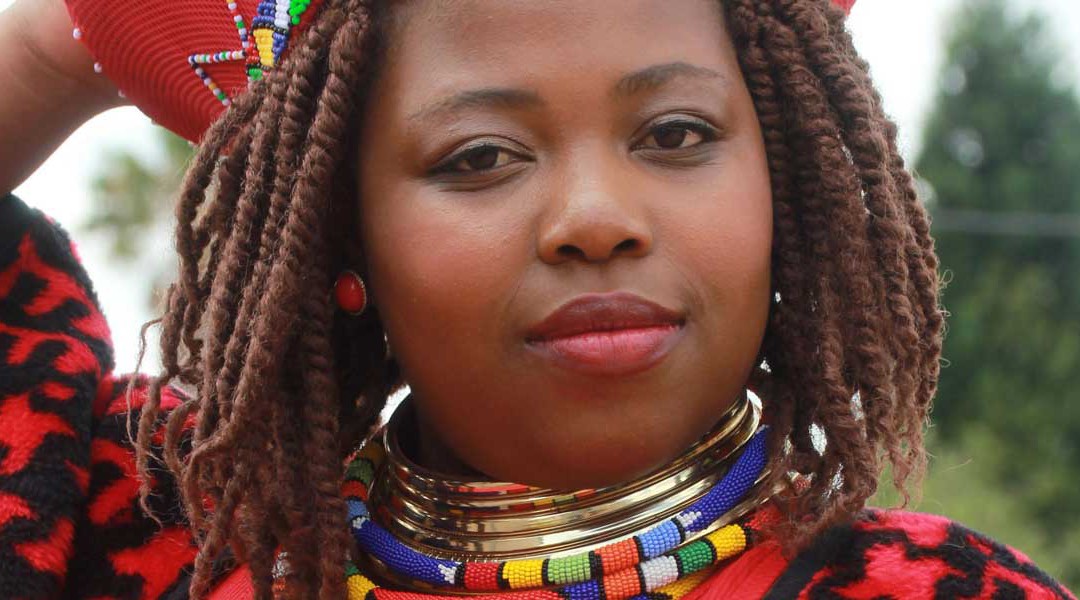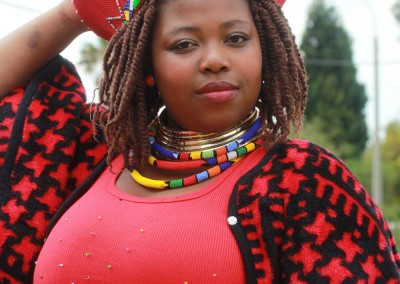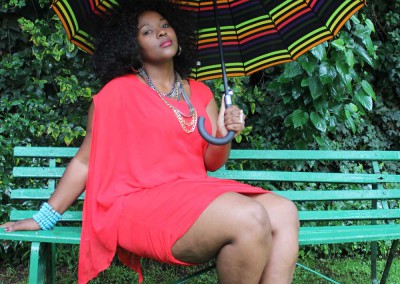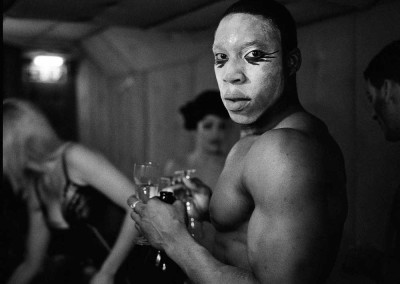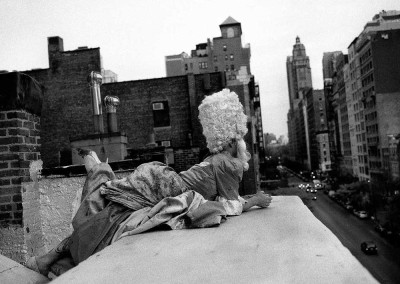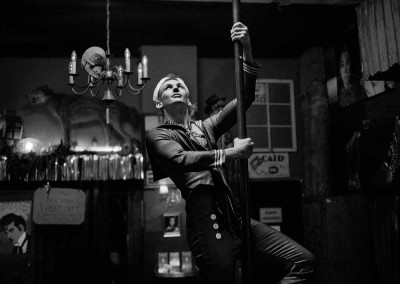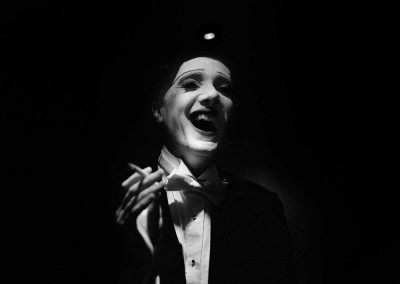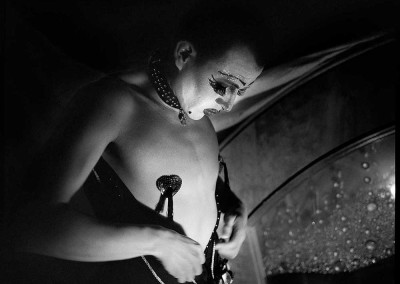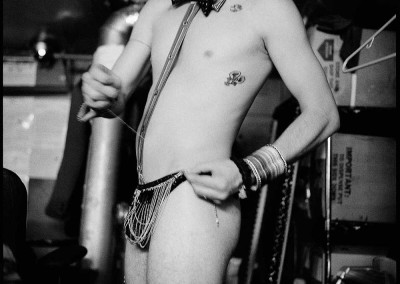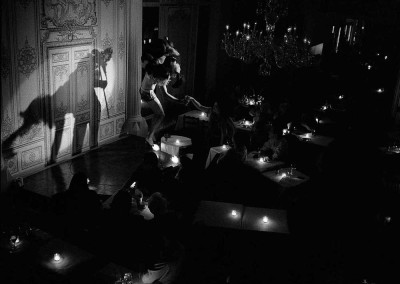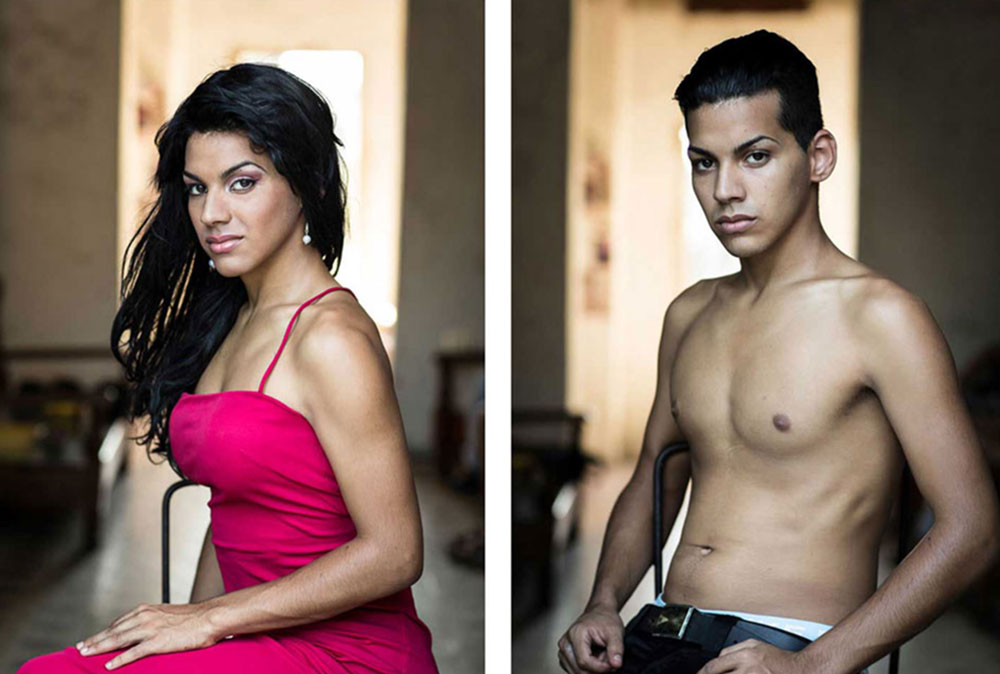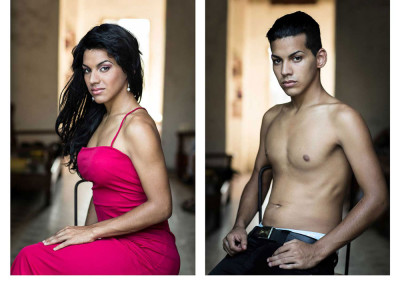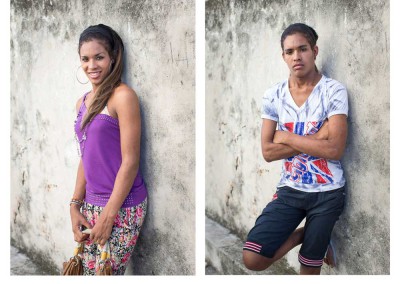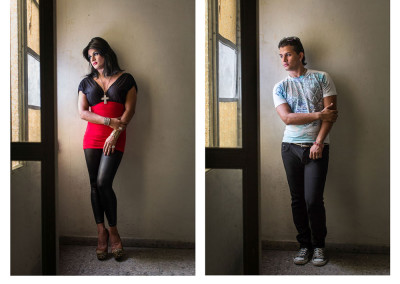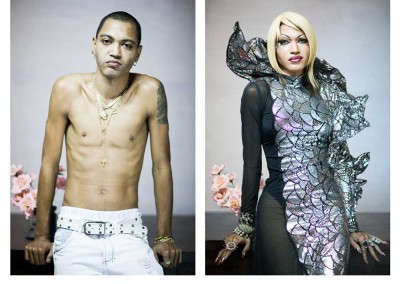We caught up with poet and performance artist Jorge Clar in his home in New York, and talked about words, sounds, and image. An ideal for living. Initially, you came to New York because you wanted to be close to the disco scene. That was…..
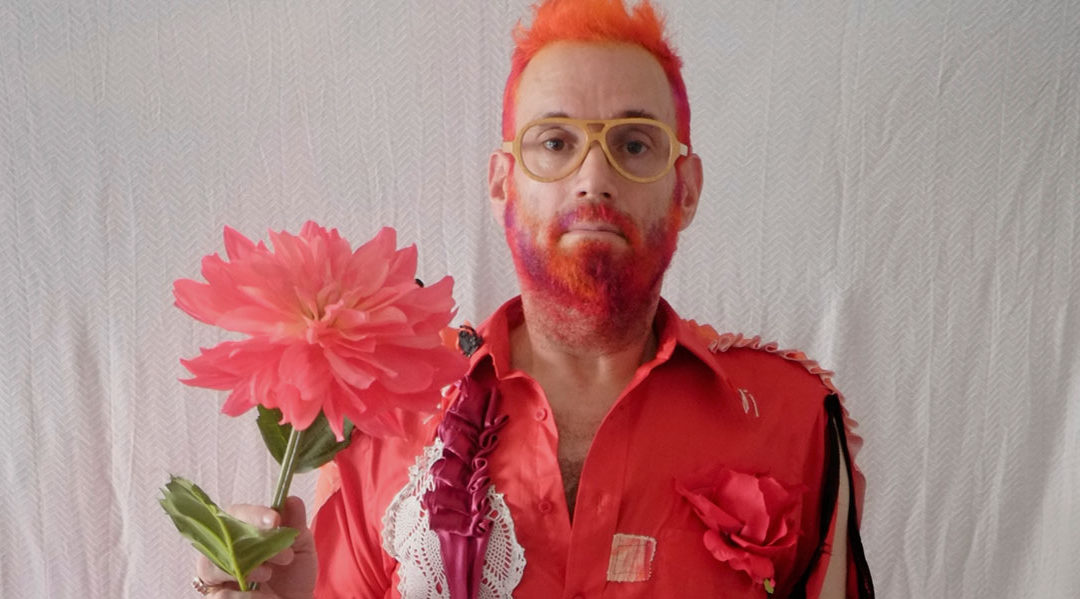
Jorge Clar
Jorge Clar
Text Jorge Clar
We caught up with poet and performance artist Jorge Clar in his home in New York, and talked about words, sounds, and image. An ideal for living.
Initially, you came to New York because you wanted to be close to the disco scene.
That was the main reason. While growing up in Puerto Rico, I spent my time daydreaming and playing records. I became enthralled with the layers of sound in disco—the music became medicine. Everything about the genre, from the quality of the recordings to the way the arrangements are structured—featuring classical strings and horns, electronic textures, and rhythm—is alchemical. Disco pulled me through my adolescence. A few days after moving to New York in the fall of 1987, I went to the closing of the Paradise Garage discotheque. Larry Levan’s musical selections, and Richard Long’s sound system, were so mind blowing. The clubbers danced with such freedom and expressiveness—I knew right there and then I was home. I had gone to the Garage with Jesse Díaz, my first roommate in New York, with whom I had spent many summers in Puerto Rico, hanging out in discos and constantly listening to music. Through him, I developed a love for dancing and pulling looks together. In the early 90s, I would meet DJ Freddy Turner, with whom I would write record reviews on house music 12-inch singles for underground music magazines, in the process meeting many of my heroes in music, like David Morales, Kerri Chandler and “Little” Louie Vega.
When did you start writing poetry?
I always loved books, and ever since I started reading authors like Borges, Ginsberg, and especially the short story A Clean, Well-Lighted Place by Hemingway, I knew I had to write poems. I remember reading Howl and thinking it was like my stream of consciousness. So I sat down on an old cast iron typewriter my father had given me and started to write, imagining myself a tape recorder of phrases and sounds I heard. My first poetry collection was called In a Singapore Hotel Room. I imagined myself as Somerset Maugham in the Raffles Hotel, which I had visited during a summer vacation, even I was able to get the best hotel credit card. This was one of the first instances in which I was inhabiting a different character in a work of art, something that continues to this day in my performances. Through poetry—and through making cassette mix tapes, which to me were like building blocks of sound and words—it became easier to make friends and demonstrate who I was. I was a very shy only child, and mostly related to adults, until I decided I wanted to be friends with more of my classmates. Initially, I imitated the style and idioms of all that surrounded me, trying to fit in. But I soon realized the more I delved into my eccentricities, the more I had to share. After graduating from Syracuse University, where I studied Newspaper Writing, I eventually started combining between performance and poetry readings. People enjoyed the extra aspect of showmanship. A few years later, in New York, I worked at Penguin Books and started to come together with a group of friends. My friend Douglas Rothschild invited me to read at mythical places like the St. Mark’s Poetry Project. We would organize salons or read at people’s houses. My friend, the playwright Adam Rapp, would perform as a “human prop” with me. Those were formative years. Living with painter roommates Alberto Álvarez, and later Michael Brown—who still shares an apartment with me—has honed my eye for visuals and the notion of what makes a painting work. Hanging out with my college friend Paul Weinstein, with whom I would spend every Friday night and Saturday morning in his Park Slope apartment, focused my appreciation of great graphic design, modernist radios and electronic equipment, new wave music, and all sorts of collectibles.
What else did you learn during those days?
When my father passed away, I spent 7 years in Puerto Rico taking care of my mom. It was wonderful to relate to her as an adult and also explore other sides of my personality. I became the perfect homemaker and sometimes, when I would see objects from my life in New York, I would wonder where that person had gone. Eventually, I was offered a job at a marketing firm back in the city and mom was well enough to stay with a caregiver. I returned to living in New York full time. At a party, I met my friend Dominic Vine, and he introduced me to the Radical Faeries, a grassroots countercultural movement seeking to redefine queer consciousness through self-exploration. They were founded as a reaction to gay culture towards the end of the 70s. Back then, there was an emphasis on a ‘clone’ aesthetic, which presumed a masculine stance and set of rules. The faeries, on the other hand, established sanctuaries in rural areas where men could explore aspects of their femininity. Becoming involved with them was a milestone in my life. I explored questions about relationships, sexuality and freedom. I discovered there is no “one size fits all” to relationships, for instance. They can be endlessly customized beyond paradigms like ‘husband’ or ‘boyfriend.’ Also, it was around this time that iPhones came into the scene, facilitating the capability of taking photos on the go. Dominic photographed me constantly, and we became collaborators in photo, writing and mix CD projects.
You’ve come a long way. How do you look back?
When I was little, I imagined myself on a dance floor like the one in Saturday Night Fever (I actually did visit the dance floor featured in the movie one Halloween, when my friend Katsumi Miki and I went to the now extant Spectrum disco in Bay Ridge, where the movie was filmed…I danced to Madonna’s “Vogue” on its wonderful lights and cried), moving to the rhythm of disco music and being exactly in the moment. I imagined myself in a sort of monumental stasis, frozen in ecstatic bliss. It heartens me that everything I envision actually manifests. It all becomes true. In my dreams, I wanted to interact with other artists, have lots of records and enjoy life everyday—and here I am.
‘I get the feeling that people are way more focused now on creating, expressing their freedom and celebrating who they are. It’s almost like a statement.’
So you’ve found your peers?
Yes, I think we’re on the brink of a movement. I’m humble and grateful to be a part of it all and facilitate connections between people, supporting each other and working together. For example, I never considered myself someone who draws, and now I do so in a spirit of play and discovery. At my friend Joel Handorff’s place, Kelly Bugden, Scooter LaForge, Van Wifvat and I often get together to draw, and more friends like Rafael Sánchez, Gail Thacker and Gerardo Vizmanos also join in. We like to call these sessions “The Magic Mirror,” where we are all reflections of each other. Johnny Rozsa will often serve as a model. Connections happen serendipitously. I met Bubi Canal when he came to see a performance I did with José Joaquín Figueroa. That meeting led to much collaboration, and I’ve played characters in both Bubi’s and Jose’s video art. Bubi and I meet almost daily to discuss social media and work on projects at Little Skips, a café in Bushwick which we call “the office.” I commissioned a t-shirt with a painting of Allen Ginsberg from Scooter years ago, and that dialogue led to countless painted garments, which I often wear during my performances—both live and in photos—and often within the context of his shows. I wrote poems about the atmosphere of his painting process and they were included in the catalog for one of his shows. Dietmar Busse invited me to his apartment to take my portrait, and from there he has taken many photos which are so dear to me. In Van’s house in Ocean Grove, New Jersey, a Victorian cottage full of good spirit (I think I lived there in a previous life), many of us get together and make drawings and take photos. The greatest beauty of all this is that through creativity, we all have become dear friends who participate in a constant conversation that generates new realities.
What do you think of the political climate of the United States at the moment?
There’s a lot of political anxiety nowadays. The day after the last election almost felt the same as the day after 9/11. There was this stillness, based on anger and pessimism. A lot of people felt very scared and wanted to leave the country, thinking, for instance, that gays would be more marginalized as a minority group. However, I get the feeling that people are way more focused now on creating, expressing their freedom and celebrating who they are. It’s almost like a statement. Everything has a political implication. It makes art stronger and it is going beyond the framework of what has been before. It’s getting richer and more focused. And it comes straight from the heart. Like an act of magic. Now more than ever this whole idea of following your intuition takes everything to a different level. Do you know the saying that the darkest part of the tunnel is just before the end? Well, I think that’s where we are right now.
And your personal work?
I have my blog, which is basically a photo-performance as well as a writing project. It’s both an archive of all the personas in my imagination as well as a documentation of the artistic community. I write stories about what I’m wearing on certain days. I explain where and with whom I was when I found a particular shirt, for example. What we were talking about at that moment. What caught my eye and convinced me to buy. Or about the friend who gave me a pair of pants —what he is doing with his life, where he comes from and why he felt he needed to offer me that present. The stories go into the details of what happens every day, in Proustian fashion. My biggest influences in writing are Andy Warhol, 80s nightlife chronicler Stephen Saban, Charles Baudelaire and Bill Cunningham, the late New York Times fashion journalist. On the blog photos, I’m often wearing clothes made by friends, which adds an extra layer to the narrative. I become a mannequin—or a canvas, if you will—for their artwork. The images connect people and events in daily life. I’m weaving together a world that seems recognizable, and yet has a dreamlike quality. Jorge Clar Diary is a never-ending novella.
You make time capsules.
Yes, time documents, literally and figuratively. Like a diary. I’ve always loved diaries because of the way they talk about the small things. I love the idea of giving these tiny details their moment in the spotlight. By doing so, even the most banal thing can become very meaningful. It’s a pure reflection of my thinking process.
Tell me about your work on physical transformation.
When I first came out as a gay man, I was travelling through Israel. I felt very comfortable there, mainly because I was in a different environment. Being in Jerusalem, I could feel the place was very charged. Generally, people go to this city with much anticipation, due to whatever significance they give to to the place, which makes for a particular energy. The only other place that has the same energy is New York City, as people tend to come here with a specific purpose in mind. In Israel, I felt like I could see things within a sense of protection. Up until that point, I had repressed my attraction to men, and it was in Tel Aviv that I had an epiphany and was through with denial. I “came out” to myself. A veil lifted, and after that I transformed very quickly. It wasn’t as much about sexual liberation, but more about freedom of expression. And one of my main tools of expression is through clothing. I’ve always been enamored by an abstract sense of glamour and the epiphanies I often have late at night, when I listen to music. By accessing that magic and expressing it through clothes, I create subtle characters that deliver a message.
People react to this expression. I say this very humbly and with much gratitude: sometimes I am told I give hope. That my work inspires or cheers up the day. I think that’s so amazing. I love walking down the street and having someone smile at me. When one wears even the most surrealistic outfit with conviction, there is almost a air of reverence.
You sound very spiritual. Are you?
I feel the universe has always taken care of me. I’ve been through hardships, but in the end they made me strong enough to now enjoy every moment. You’re taught to be happy when you have achieved something, but I think it’s of upmost importance to be happy—in other words, to have a generalized sense of wellbeing—and enjoy the process as you go along. If you follow your intuition and are a kind person, things become way easier to navigate. Art becomes very helpful, bringing forth a meditative state. When your work is based on play, more possibilities come to light: you can do and be more. I strive to think constructively, and manage my emotions consistently. When I do what feels good, I know I’m on the right path. I can then manifest with utmost efficiency.
Related articles
Jorge Clar
Mount Olympus
It took more than one year for Jeroen Olyslaegers to write the text for Jan Fabre’s 24-hour theatrical performance Mount Olympus, to glorify the cult of tragedy. A labyrinth of time where the actors sleep and awaken on stage, dance and move…..
Kabarett der Namenlosen
Ever since the beginning of Et Alors? Magazine we have had a soft spot for singer, model, bon vivant and muse Le Pustra. Being inspired by the same artists and artwork such as the Oskar Schlemmer’s costumes for the Bauhaus movement…..
Shania LeClaire Riviere
When you’re visiting Provincetown in the summer, you’re in for a creative treat. Every other Friday, performance artist Shania LeClaire Riviere dresses up and takes his work onto the streets to show his latest creation. Art on Shania is a walking art…..
The Vivid Angel
She’s the queen of alternative performance, won the Twisted Cabaret Crown World Burlesque Games in 2014 and is this edition’s cover model. But most important, sometimes you just meet one of those people who make you think YAY!…..
Criaturas
Criaturas is the name Saskia De Tollenaere and Olivier Desimpel gave to the world they created for everyone who dares to dream. An experience concept where their passion for theater, art, fashion, beauty, spirituality and emotion merges in the form…..
The Cabaret Switch
When two of Et Alors?’s favorite artists decided to do a personae switch, a smile appeared on our faces. Queen of fetish cabaret and diva extraordinaire Marnie Scarlet, transformes into Mr. Pustra, Vaudeville’s Darkest Muse. We leave it up to them to…..
Extravaganza
Lars de Valk founded Extravaganza. The first extravagant bears, lesbians, muscle boys, club kids, drag queens, fag hags, fetish clubbers party with a positive vibe in Antwerp, Belgium. Bringing you happiness with themes such as Asian Persuasion, Sinners…..
Mister Joe Black
‘A constantly evolving cabaret chameleon, blurring the lines of decency within entertainment and continues to drive music and performance into strange new realms’ and ‘No stranger to the absurd, Joe Black creates a world where the shocking is the…..
Mr. Pustra
“I wouldn’t mind appearing on the cover of Vogue.” Mr. Pustra aims for no less than the sky when he is asked about his goal for 2012. Knowing one should never run before one can walk, he tests the waters with an interview for Et Alors? Magazine…..
Marnie Scarlet
Although the definition of Burlesque says “a literary, dramatic or musical work intended to cause laughter by caricaturing the manner or spirit of serious works, or by ludicrous treatment of their subjects”, one cannot erase the image of Von Teese…..
